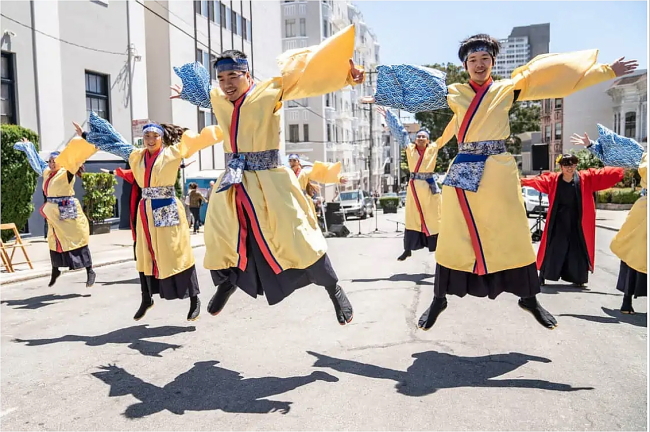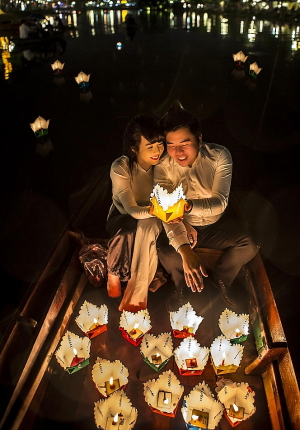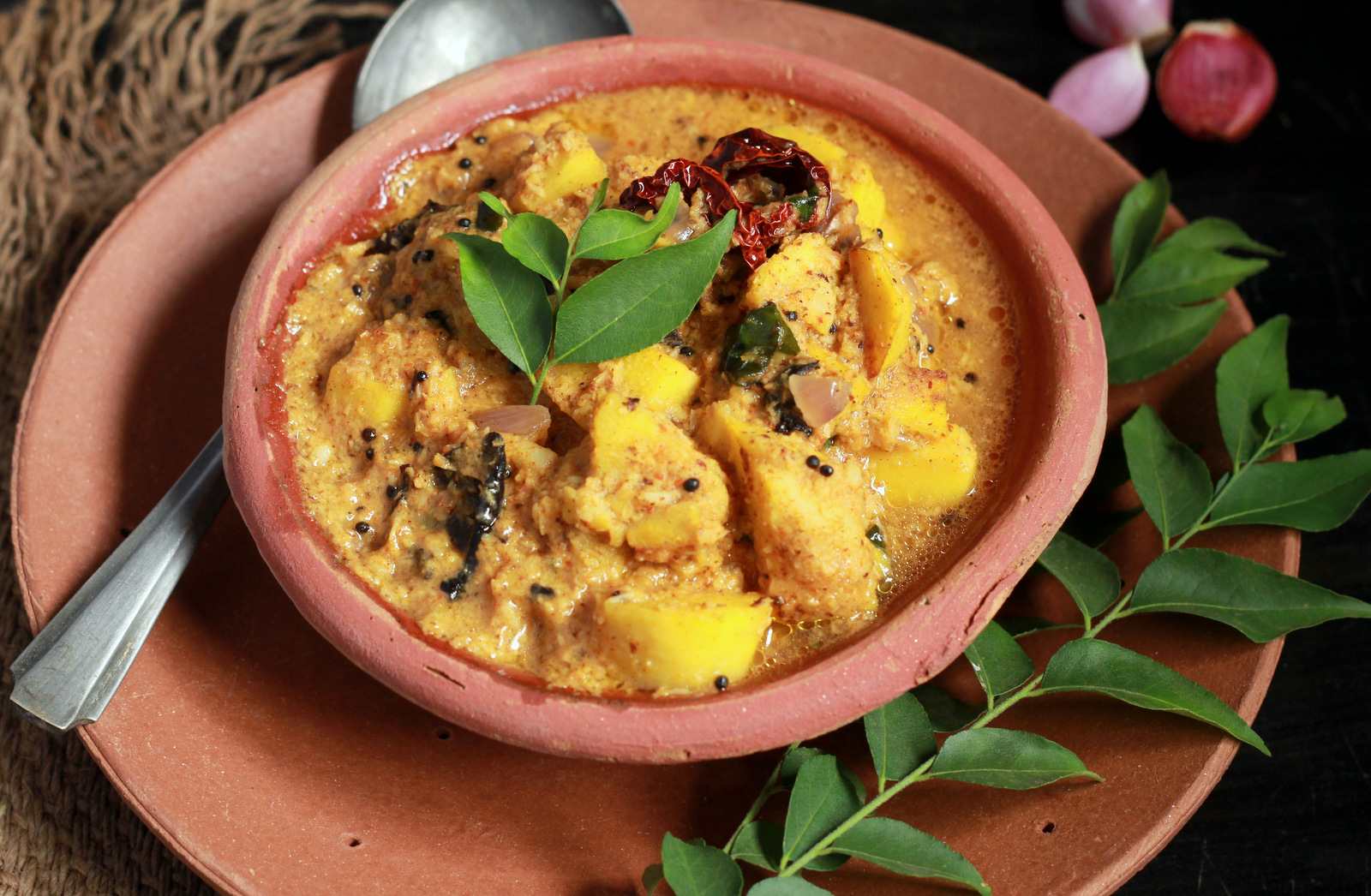MID-JULY through MID-AUGUST: Obon—a sweeping festival of ancient dances, intricate costumes and a celebration of Japanese culture—unfolds around the world from mid-July through mid-August. These traditions represent a mix of Buddhist, Confucian and Japanese cultures, honoring the spirits of ancestors. Obon is a time for homecomings, visiting family gravesites, dances, storytelling and decorating household altars; light cotton kimonos, carnival rides and games and festival foods are common during this season. Obon has been a Japanese tradition for more than 500 years.
NOTE about the dates range: If you are interested in visiting an Obon-themed festival in your part of the U.S., watch local news media for listings. The peak of the festival is mid-August in Japan, though many American communities host events in July. More specifically, “Shichigatsu Bon”—celebrated in Eastern Japan—begins in mid-July, while “Hachigatsu Bon” commences in August. “Kyu Bon,” or “Old Bon,” is observed annually on the 15th day of the seventh month of the lunar calendar. Wikipedia has more about the range of dates.
FROM ‘HANGING UPSIDE DOWN’ TO BON ODORI
The term “Obon,” from Sanskrit’s “Ullambana,” suggests great suffering, as the full term translates into “hanging upside down.” The purpose of Obon is to ease the suffering of deceased loved ones while expressing joy for the sacrifices loved ones have made.
The sacred Bon Odori dance is at the center of Obon festivities, with teachers performing difficult steps on yagura, elevated stages, and attendees circling the stage as they imitate the dance. Though there is a basic pattern to the dance, details vary by region and culture.
A BUDDHIST STORY
The traditional story behind Obon begins with a disciple of Buddha. When this disciple used supernatural abilities to look upon his deceased mother, he saw that she was suffering in the Realm of Hungry Ghosts. The disciple mourned his mother’s state, and pleaded to Buddha for a way to free her.
In response to his disciple’s request, Buddha suggested one thing: to make offerings to the Buddhist monks who had completed their summer retreat. The disciple did as he had been instructed, and saw his mother freed. In great happiness, the disciple danced with joy—and, thus, the first “Bon dance” was performed. Duly, upon viewing his mother, the disciple had come to a full realization of the many sacrifices his mother had made for him, and he was exceptionally grateful. Even today, the deeper roots of Obon lie in paying respects to ancestors—thus easing their suffering—and expressing joy for the sacrifices that loved ones have made.
On a more personal level, Obon means that families take time to freshly decorate household altars and reunite with family members at ancestral gravesites. Most every Bon festival ends with Toro Nagashi, or the floating of paper lanterns. At the culmination, hundreds and thousands of paper lanterns, illuminated by interior candles, can be seen floating down rivers and streams. The belief is that ancestors’ spirits are symbolically returned to the world of the dead.
WANT MORE?
Cooking up some traditional Japanese Obon cuisine in your kitchen? Check out the recipes at JapaneseFood.about.com.
Thinking of crafting a paper lantern? Over the years in covering Obon in our Holidays & Festivals column, we have recommended links to Japanese lanterns crafts. Readers in some parts of the world—especially in Japan—have kits and traditional materials handy in their homes and neighborhoods, but American readers can make a beautiful paper lantern with this dollar-store approach to the craft.
from Religious Holidays https://ift.tt/MHxQDX1

 :: Unlock Your Success with Our Digital Course →
:: Unlock Your Success with Our Digital Course →















No comments:
Post a Comment